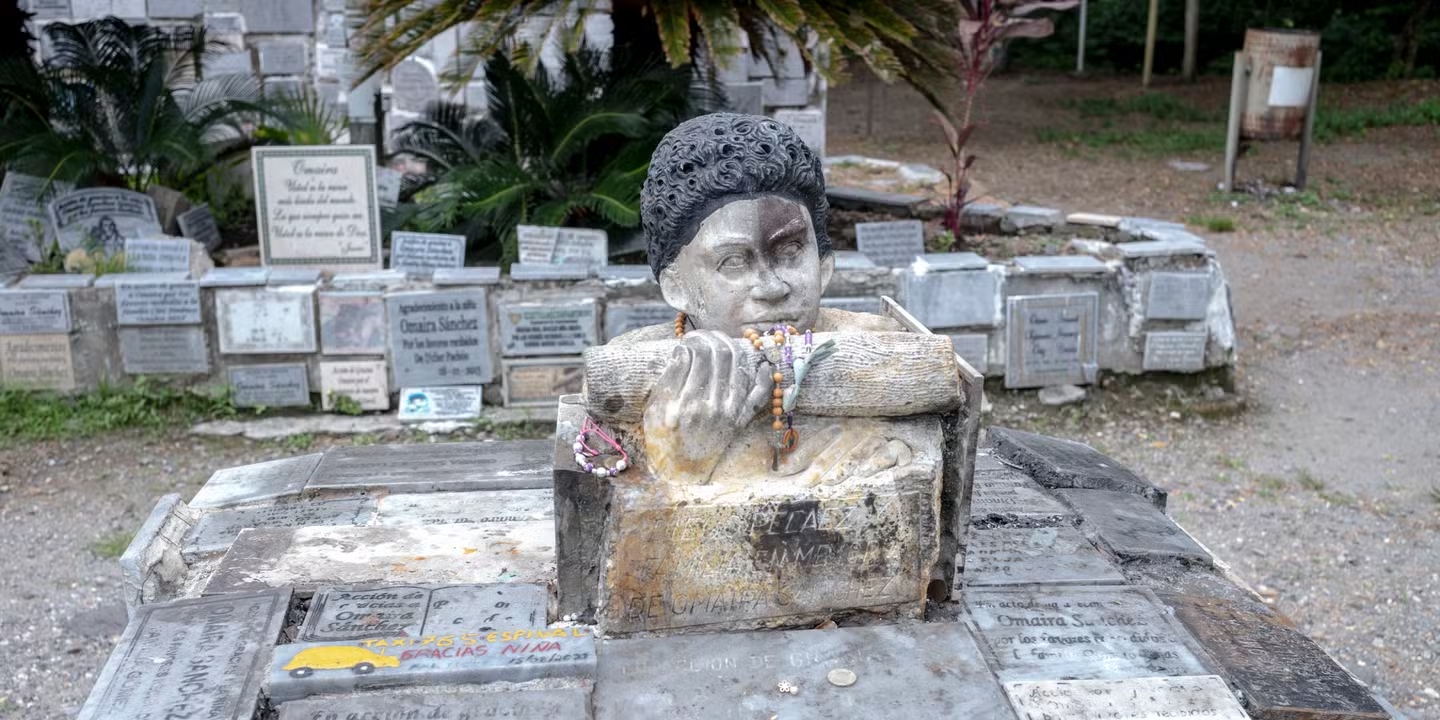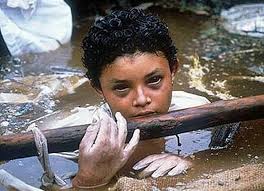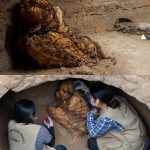Omayra Sánchez: 60 Hours of Serenity and an Enduring Legacy

On November 13, 1985, a massive mudslide triggered by the eruption of the Nevado del Ruiz volcano buried the town of Armero, Colombia. Among the thousands lost, the story of 13-year-old Omayra Sánchez captured the world’s attention with its quiet courage.
Trapped up to her waist in the cold, thick debris, her legs pinned beneath the ruins of her home, Omayra faced death for nearly 60 hours. What astonished global onlookers was her extraordinary composure: she spoke calmly to rescuers, sang soft songs, and even expressed concern about her upcoming school exams.

Why Did the World Watch Her Struggle Powerlessly?
The world watched Omayra’s 60-hour struggle without being able to pull her out due to a convergence of devastating logistical and ethical failures in the disaster response:
A Crippling Lack of Resources: The efforts to free Omayra were severely hampered by the absence of essential heavy equipment, such as powerful water pumps and large lifting devices. Her position was a deep hole filled with water, mud, and massive pieces of concrete, making manual extraction impossible.
The Delayed Response and Chaos: The Colombian government had received warnings about the volcano’s activity, but preparatory measures were largely neglected. This led to a catastrophic lack of organization, logistics, and adequate rescue infrastructure immediately following the disaster.
The Agonizing Ethical Dilemma: Medical professionals determined that even if Omayra could be physically freed, her chances of survival were negligible due to severe hypothermia and gangrene in her legs. The option of emergency field amputation, given the lack of sterile conditions and proper medical supplies, was deemed too brutal. Rescuers were forced into the heartbreaking role of simply offering comfort and keeping her conscious.

The Haunting Photograph and International Outrage
The haunting photograph taken by journalist Frank Fournier, showing Omayra with exhausted but clear eyes amidst the rubble, became an international symbol. This image:
Ignited Outrage: It transformed Omayra into the tragic face of the failure of both the Colombian government and the international community to provide a timely and effective response to a predicted disaster.
A Call to Conscience: The poignant contrast between a child’s bravery and the technical inadequacy of the relief effort forced the world to confront the human cost of bureaucratic and logistical neglect in disaster relief.
Spurred Reform: The outrage following Omayra’s death contributed to changes in international disaster response protocols, emphasizing the critical need for speed and preparedness.
The Enduring Lesson of the “Angel of Armero”
The “Angel of Armero” left behind a timeless lesson about compassion and the true human cost of neglect:
The Grace in Despair: Omayra taught the world about the incredible resilience of the human spirit. Facing absolute hopelessness, she maintained her calm, kindness, and a heartbreaking innocence, becoming a beacon of courage.
A Lesson in Accountability: Her death was a painful indictment of the failure to prepare. Omayra’s legacy urges governments and aid organizations worldwide to recognize that timely action and efficient logistics are not merely procedural, but fundamentally humanitarian duties.
Omayra’s final 60 hours remain a solemn reminder of the profound courage found in the human heart and the responsibility of the world to act swiftly when lives are at stake.











